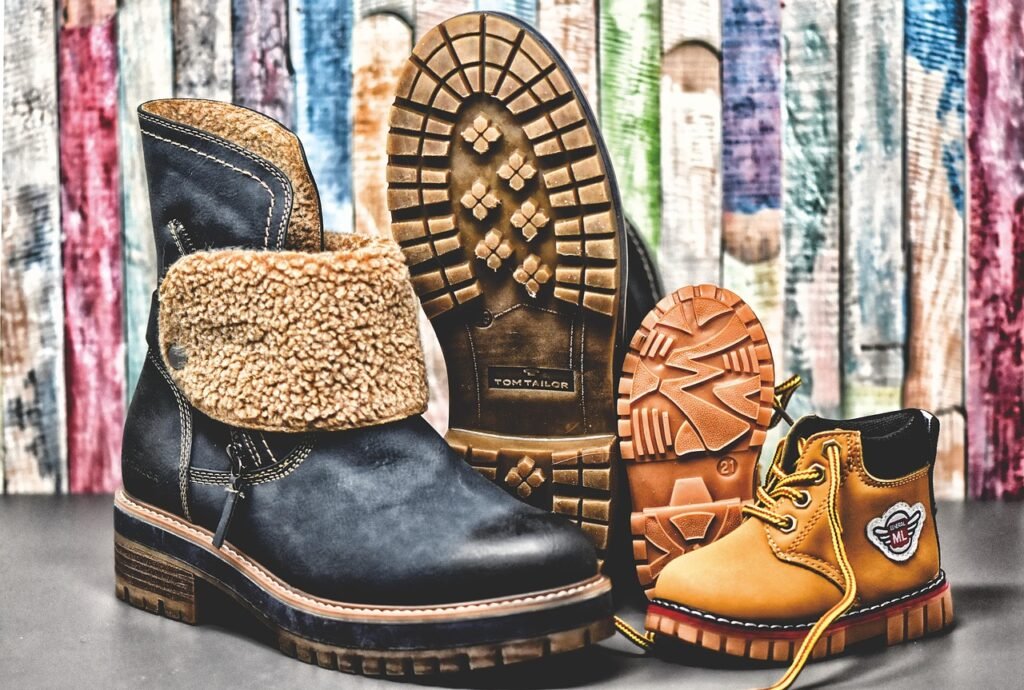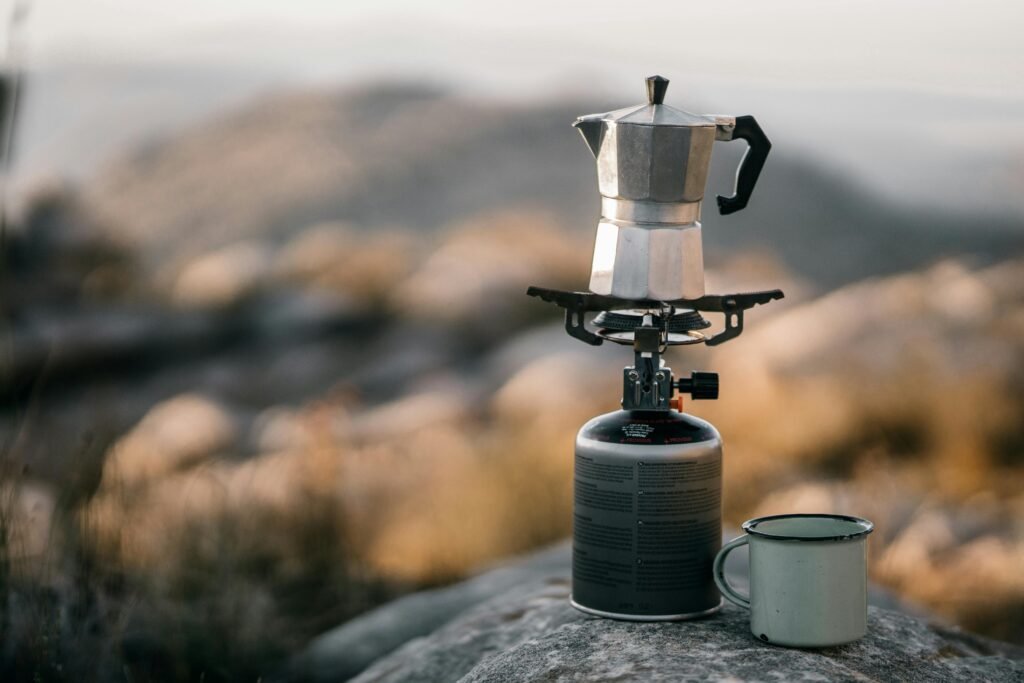Warm Clothing

When embarking on a journey to cold countries, one of the most critical aspects of your packing list is warm clothing. The importance of layering cannot be overstated, as it allows travelers to adjust to varying temperatures and activity levels. The concept of layering involves wearing multiple garments that can be added or removed as needed to maintain comfort. A well-thought-out wardrobe for cold weather typically includes three essential layers: thermal base layers, insulated mid-layers, and waterproof outer layers.
Starting with the base layer, this should be made from thermal materials that provide excellent insulation while also wicking moisture away from the skin. Fabrics such as merino wool or specialized synthetic blends are ideal for maintaining body warmth without causing overheating. These base layers serve as the foundation of your outfit, keeping you dry and comfortable during outdoor activities.
Next, the mid-layer plays a crucial role in trapping heat. Fleece jackets or down vests provide insulation without excessive bulk, making them perfect for layering under an outer shell. It is advisable to choose materials that are not only warm but also breathable to ensure a comfortable temperature. Furthermore, the outer layer is essential for protecting against wind, rain, and snow. Waterproof and windproof jackets made from breathable fabrics will keep you dry and prevent wind chill from stealing your body heat.
In addition to these primary layers, don’t forget about accessories. Hats, gloves, and scarves are vital for protecting extremities, as they are often the most exposed to cold. Look for items made from wool or thermal fabrics, which are specifically designed to retain heat. When planning your wardrobe for a trip to frigid destinations, ensuring you have a versatile selection of warm clothing will significantly enhance your experience and comfort during your travels.
Footwear for Cold Weather

When preparing for a trip to cold countries, selecting the appropriate footwear is crucial for maintaining warmth, comfort, and safety. Proper footwear not only provides insulation against frigid temperatures but also shields your feet from dampness, ensuring a more enjoyable experience in icy environments. Ideally, travelers should seek boots that feature both thermal insulation and waterproofing to tackle the challenges of winter weather effectively.
Insulated boots designed for cold climates often utilize materials such as Thinsulate or similar synthetic fibers, providing an effective barrier against the cold. Additionally, these boots should have a waterproof exterior to prevent moisture from entering, which is essential when navigating snowy paths or slushy conditions. When considering traction, look for boots equipped with rubber soles that feature deep treads, as these increase grip on icy surfaces, minimizing the risk of slips and falls.
Another significant factor to keep in mind is the importance of thermal socks. These specialized socks are typically thicker and crafted from materials like wool or synthetic fibers that wick moisture away while retaining heat. Wearing thermal socks not only helps in insulation but also enhances overall comfort. However, it is imperative to ensure that once thermal socks are worn, there is plenty of room in the boots for movement, as overly tight footwear can restrict circulation, leading to cold feet.
In summary, when selecting footwear for a cold weather trip, prioritize boots that offer insulation, waterproofing, and slip-resistant soles. Incorporating thermal socks while allowing ample room for movement within the boots can significantly enhance your winter experience, providing both warmth and comfort throughout your travels. Properly chosen footwear will not only keep your feet warm but also ensure your safety on slippery terrains.
Travel Accessories for Comfort

Traveling to cold countries requires careful consideration of comfort accessories that can significantly enhance the overall experience. When planning a trip, incorporating practical items such as travel pillows can greatly improve rest during long journeys, whether by air, train, or car. Travel pillows, designed for optimal neck support, can help prevent discomfort and fatigue, allowing travelers to arrive at their destination feeling refreshed and ready to explore.
Another essential item to consider is a heated blanket. Designed to provide warmth during cold journeys, heated blankets are lightweight and portable, making them ideal travel companions. Whether used during a long flight or while staying in accommodations without adequate heating, these blankets ensure that you stay cozy and comfortable regardless of the outside temperatures. This thoughtful addition to your travel accessories can make a noticeable difference, especially on chilly nights.
To keep your electronic devices functional in frigid conditions, investing in a quality portable charger is highly recommended. In cold weather, batteries can deplete faster, and having a backup power source can help keep your devices charged for navigation, communication, and capturing memorable moments. This accessory not only enhances convenience but also ensures that you remain connected when exploring unfamiliar territories.
Lastly, don’t overlook the importance of packing a good quality thermos for hot beverages. A well-insulated thermos can provide warmth and comfort on brisk days by allowing you to carry steaming coffee, tea, or hot chocolate. Sipping on a warm drink not only elevates your mood but also combats the biting chill, making your outdoor adventures more enjoyable. In cold climates, these travel accessories collectively play a critical role in creating a comfortable and pleasant journey.
Health and Safety Items

When planning a trip to cold countries, it is imperative to prioritize health and safety items, as extreme temperatures can pose significant challenges to well-being. One of the most essential items to consider is lip balm, specifically formulated to protect the delicate skin on the lips from drying out and cracking due to harsh, cold winds. Additionally, a high-quality moisturizer can be invaluable in combating dry skin, which is a common issue in low-humidity environments. Opt for products that contain natural oils and emollients, as they provide longer-lasting hydration.
Another indispensable item is a well-stocked first-aid kit, tailored to address winter-specific health concerns. In colder climates, you may encounter situations that necessitate immediate attention, such as frostbite, hypothermia, or minor injuries. Ensure that your kit contains supplies like antiseptic wipes, bandages, and thermal blankets, which can provide warmth if needed. Pain relievers and anti-inflammatory medication can also be helpful should any discomfort arise during your travels.
Moreover, it is crucial to carry any necessary medications, especially for chronic conditions. Cold weather can aggravate certain health issues, making it essential to have your prescriptions readily available. For those venturing into remote areas, the significance of emergency supplies cannot be overstated. Items such as portable chargers for mobile devices, flares, or whistles can prove invaluable in case of an unforeseen situation. Taking proactive measures by equipping oneself with appropriate health and safety items not only ensures a more enjoyable trip but also safeguards against the harsh realities of winter travel.



















